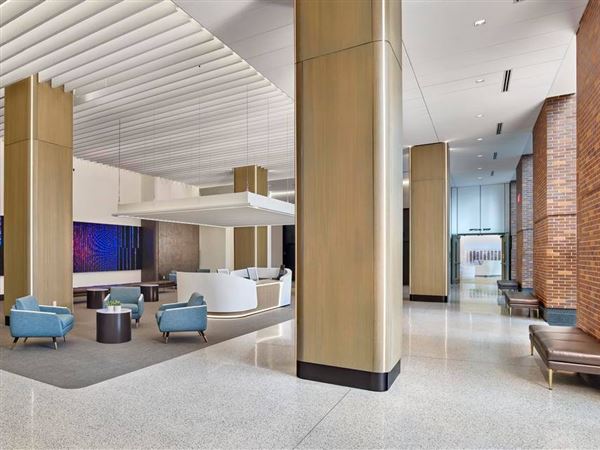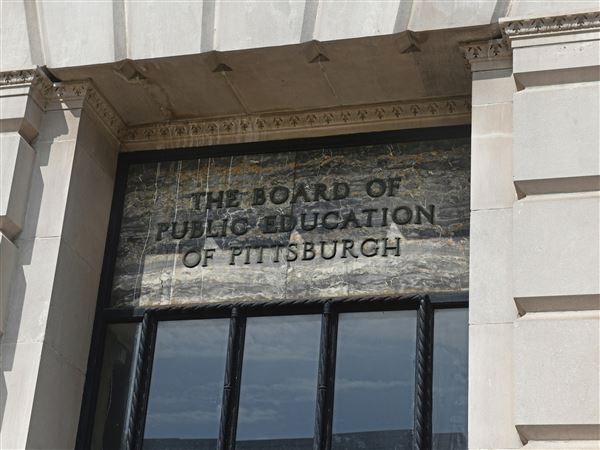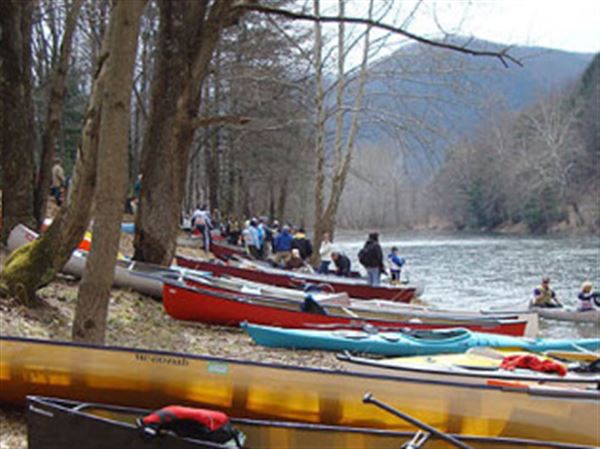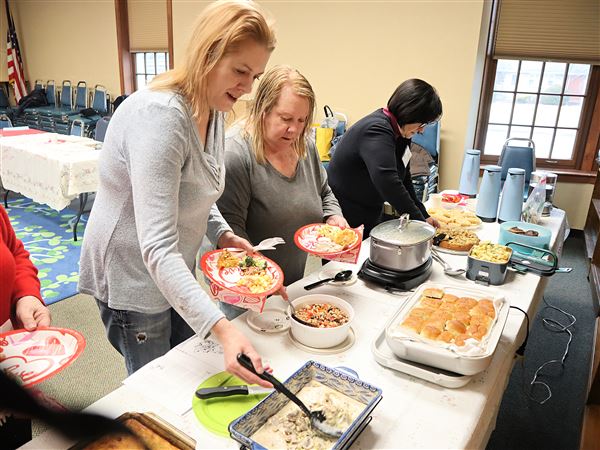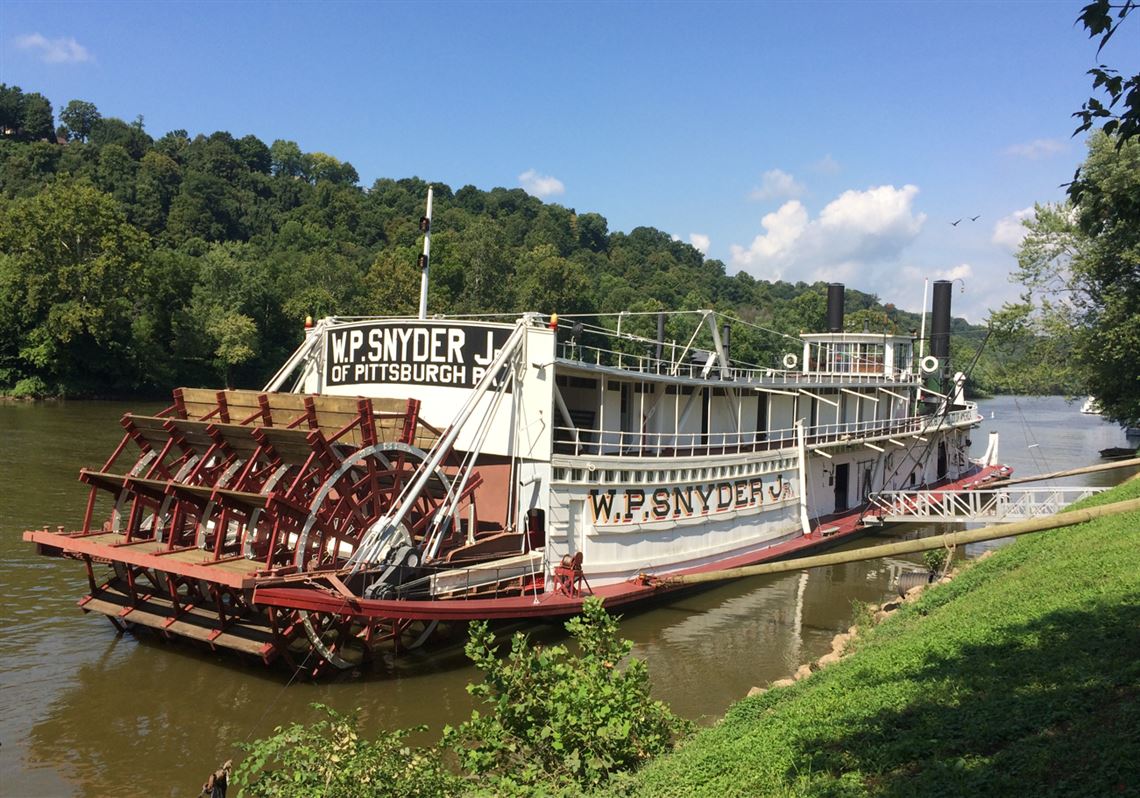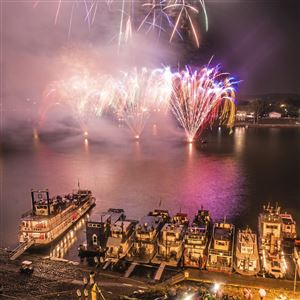MARIETTA, Ohio — This place on the Ohio River oozes history, and it has even before it was founded as the first permanent U.S. settlement in the Northwest Territory in 1788. Like the river, a lot of that history connects with Pittsburgh, which is 172.2 river miles to the northeast and only 30 years older.
Two hundred and thirty one years ago, a brave band of 48 New England Revolutionary War veterans met at what’s now West Newton in Westmoreland County on the Youghiogheny River, built two flatboats and three log canoes, then set off down the Yough and the Monongahela, through Pittsburgh and then down the Ohio to the spot in what was then Ohio Country where the Muskingum River flows in.
These veterans had leveraged pay that Congress owed them to purchase 1.5 million acres, which they planned to sell to other settlers.
They named the place Marietta in honor of Queen Marie Antoinette of France, which had helped the Colonies win independence from Great Britain. Even as they built their wilderness fort, Campus Martius, as protection against the natives who hunted here, these pioneers marveled at mounds and other earthworks that had been built there by the Hopewell people who had lived here even earlier, starting around 100 B.C.
The white newcomers preserved these features, including a 30-foot-tall burial mound, around which they buried their own dead. You can still see it at Mound Cemetery, which is said to hold more Revolutionary War officers than any other single cemetery. It’s surrounded by stately old homes, many of them with columns, that give this historic residential district the feeling that it’s farther away and deeper South than it is.
Marietta’s is a good story, as Pittsburgh native and Pulitzer Prize-winning writer David McCullough recognized. His latest best-selling history book is “The Pioneers: The Heroic Story of the Settlers Who Brought the American Ideal West.” He visited the town many times over 2½ years to do research at Marietta College for the book, which chronicles the original settlers by focusing on five of them, including their leader, Gen. Rufus Putnam. Since Simon & Schuster published it this past May, Marietta has seen a boom in tourists that is continuing to build.
“Absolutely,” confirms Deana Clark, executive director of the Marietta-Washington County Convention & Visitors Bureau. “The story has always been there. It’s just that now someone has told it on a national scale.”
She did some research on other places that Mr. McCullough has written about — such as Dayton, Ohio, home of the Wright brothers — and anticipated the uptick, which has meant 30% to 40% more visitors at the Front Street visitors center.
Local attractions and hotels also are reporting more visitors, who are being offered various “The Pioneers” — themed experiences, from museum exhibits to a dinner cruise.
My wife and son and I were among these tourists for a three-day visit last month. We beat the heat by touring the “Celebrating the Pioneers” exhibition, featuring artifacts such as Gen. Putnam’s travel chest, in the lovely 1928 Campus Martius museum. On the site of the original stockade, the museum actually built a wing to enclose Gen. Putnam’s original plank house next door, which creaked as we walked through it.
Even more interesting to us was the other museum on our day pass: The Ohio River Museum. Just blocks away and right on the Muskingum River, this three-building museum tells the story of the steam-powered sternwheelers that for a brief time in the late 1800s and early 1900s were the main modes of moving people and cargo through these shallow parts.
There are lots of Pittsburgh ripples, too, including Pittsburgh-built W. P. Snyder Jr., one of the first steel-hulled towboats that once worked for Pittsburgh’s Crucible Steel before it was donated to this museum in 1955. It’s docked here and open for tours.
We also hopped on the Valley Gem, a 1980s-era diesel-powered sternwheeler that takes up to 300 guests on cruises and charters on the Muskingum and Ohio. We wound up on a three-hour cruise up to and through one of the mid-1800s locks in Muskingum River State Park that are still opened and closed by hand.
During some Zen moments listening to the gentle chug-chug-chug of the paddlewheel in the water, it occurred to me that Marietta does a lot more with its river history than does Pittsburgh, where for decades we ignored our rivers and cut ourselves off from them physically, too.
Downtown Marietta isn’t so separated. At the confluence of the Ohio and the Muskingum, the city has a gently sloping cobblestone landing that’s still used by the big boats during the annual Ohio River Sternwheel Festival, which is expected to attract 100,000 people this Friday through Sunday.
At other times, Marietta is a relatively quiet place, but it has many charms, including lots of cute retail shops. On the Thursday that we arrived, we started by walking around the downtown business district and literally getting a taste of it, starting with hot dogs from Pioneer Dogs along the riverfront trail. We had a round of drinks at the Marietta Brewing Co. (fall seasonal for which I was too early: Putnam’s Pawpaw Ale made with that indigenous fruit) and walked through the Marietta Wine Co. Our son sucked down a Hawaiian Luau “Whitser” (pineapple, coconut, banana, macadamias, all mixed up) in the old gas station that is Whit’s Frozen Custard and we bought some treats at Putnam Chocolate, one of many places where that name lives on.
It seems like you can find a stone memorial or brass plaque every few feet — and in fact, Marietta is home to Sewah Studios, which makes historical markers. I appreciated, in pretty Muskingum Park, the Memorial to the Start Westward of the United States sandstone statue of the original pioneers, which was made by Gutzon Borglum, who also created Mount Rushmore.
At sunset, we dined on the water at the Boathouse BBQ and watched a full moon rise out of West Virginia on the opposite bank.
We stayed at the Lafayette Hotel, also on the water, and while we didn’t get one of the riverfront rooms, we were very comfortable in this riverboat-era landmark. I told my son it was haunted and it must be. My wife and I had a toast in the hopping Riverview Lounge (there was a motorcycle ride happening), which is decorated with exquisite steamship paintings by famed Pittsburgh riverboat artist William E. Reed. The hotel has lots of nautical touches such as the ship’s wheels in the Gun Room Restaurant, where we redeemed our vouchers for a hearty breakfast. (It’s named for its impressive display of long guns spanning 1795 to 1880.) The best view is from the roof, the “secret” door to which we found, and we watched the Valley Gem chugging up the Ohio in the morning mist.
River-facing balcony rooms at the Lafayette during the Sternwheel Festival have standing reservations that are passed down through families, notes chief engineer Marvin Ross, who’s worked here for 40 years.
The hotel doesn’t give guests breakfast on weekends, so on Saturday morning, we walked over the closed and ramshackle railroad bridge — look for the section that used to rotate so the steamboats with tall stacks could pass — across the Muskingum to the neighborhood of Harmar, which looks like it could be part of Charleston, S.C. There we had a great feed of locally sourced stuff at the Busy Bee Restaurant. A highlight was the Southernish Spicy Benedict, served not with an English muffin but with cornbread. Locals and natives warmly greeted each other, making one quip, “Small town livin’!” and I heard more than one “y’all.” We also had an evening snack at the historic Harmar Tavern, Marietta’s oldest, including one of its fried bologna sandwiches.
I packed “The Pioneers” on the trip, but didn’t crack it open until after I got back.
But I was inspired to go by reading. I’d been wanting to visit Marietta since earlier this summer, when the Post-Gazette’s Christian Snyder informed me about a journey along the length of the Ohio that California artist Wes Modes was making in Dotty, his shantyboat. Shantyboats used to be popular forms of cheap housing for thousands of people along the Ohio, according the Ohio River Museum, which has one on display. Dotty spent a couple of days in Marietta, on which its captain and crew were sweet.
Back in California, Wes Modes says, “I loved Marietta and met delightful folk there,” including the one who explained to him Marietta never erected a floodwall because that would “cut off our connection to the river. When it floods, we clean up and move on. We’re river people.”
“I appreciated how connected to and aware of the river they were.”
The Valley Gem used to run overnight trips from Pittsburgh to Marietta on the Ohio, which would be the best way to go. Driving along the river on Ohio Route 7 also works. However you get there, Marietta is a cool place to tie up for a little while and soak up a little river history. Or a lot.
Bob Batz Jr.: bbatz@post-gazette.com, 412-263-1930 and on Twitter @bobbatzjr.
Clarification: This story originally miscalculated how many years ago that Marietta was founded in 1788: It’s 231 years ago.
First Published: August 30, 2019, 10:00 a.m.
